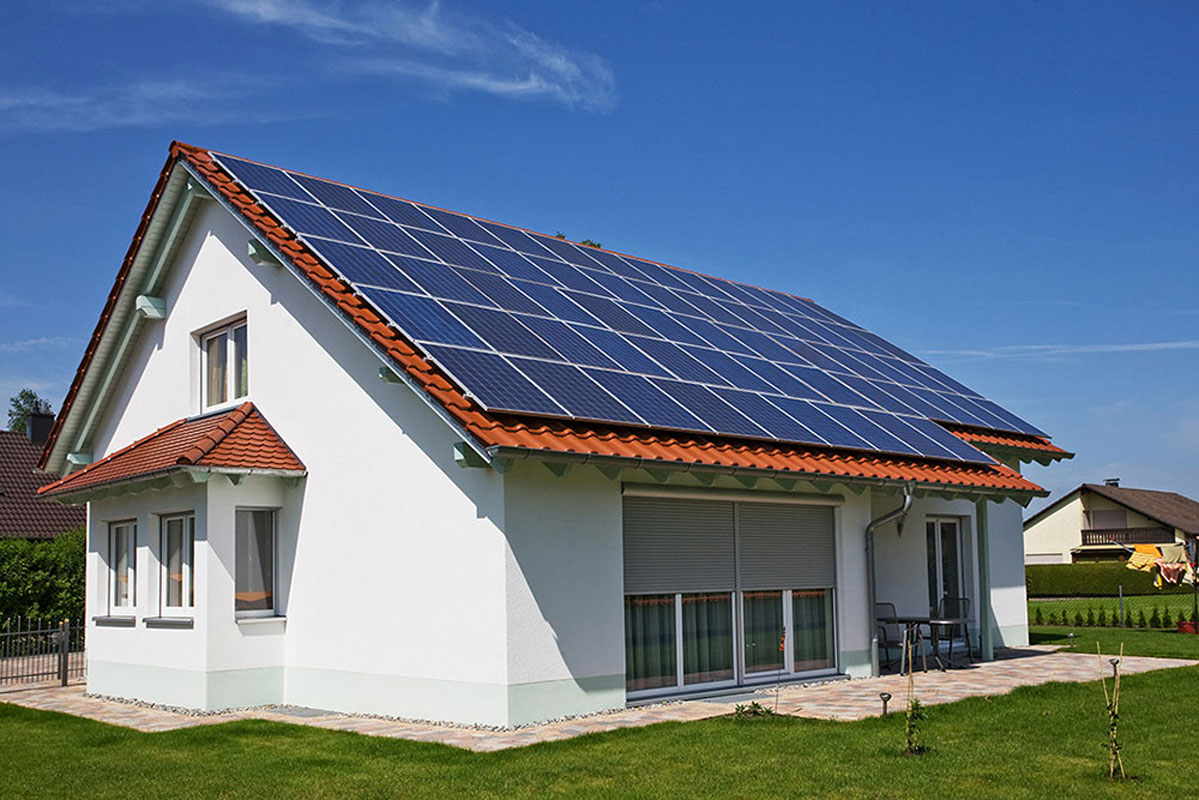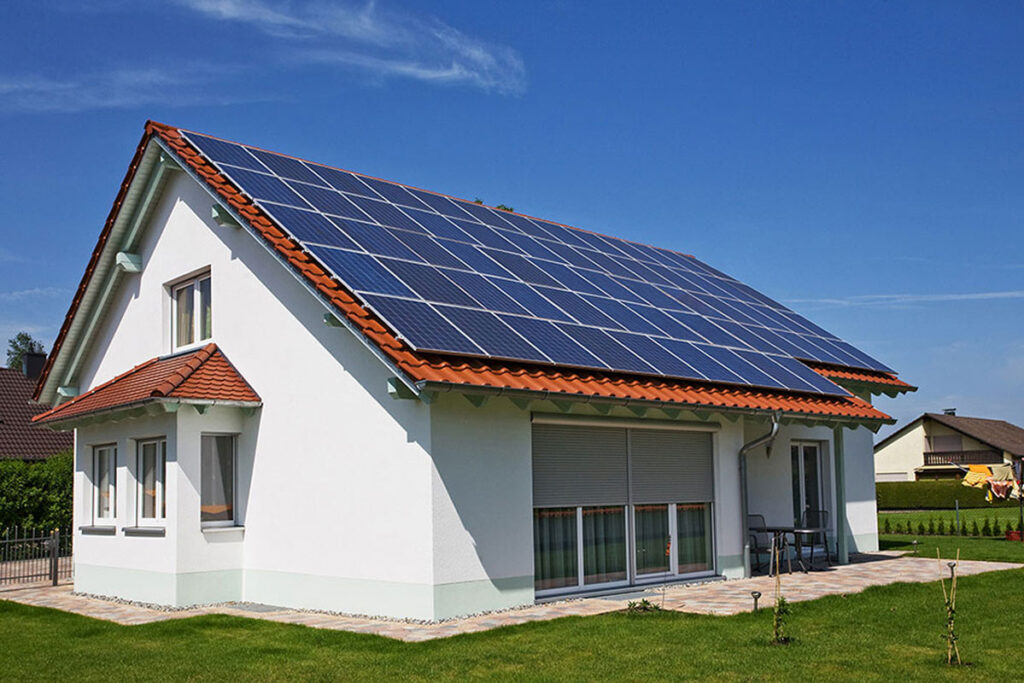
Icelandic avant-garde pop singer Bjork once said that the only way we are going to get to the other end of the 21st century is by collaborating with nature — by harnessing solar power and wind power. She couldn’t have been more right.
As we negotiate a ‘digital’ scenario and have our ‘smart’ worlds powered by energy, its consumption is only going to increase. And to ensure that we are as self-reliant as possible for our energy requirements, especially if going green is on top of the mind, it is not a bad idea to consider installing solar or wind power at home. This is specially so in a country like ours where there is an abundance of both sunlight and wind, depending on your geographical location.
Over the years rooftop solar energy has received a lot of focus. Even the administration, both state and union, has been offering all kinds of subsidies for mounting a solar photovoltaic (PV) system in independent homes or in residential/office complexes. While it does entail an investment in the beginning, it helps in cutting down on the electricity bill in the long run.
So, how does one go about it in the simplest possible way? For a start, it is prudent to call over a solar energy contractor. He or she will determine two things for you. One, what is your requirement of energy, and second, the easiest way for you to install the panels. The first will be determined through “energy modelling” to evaluate how much energy your home uses annually.
Secondly, the contractor will perform a site analysis to ensure that enough sunlight is available on the wall or roof surfaces and consult with you on the size of the solar surfaces. This will help decide on the number of panels you need to set up and the best space and design for it.
By feeding information into the tool — solarmyroof.cseindia. org — you can get an idea of the size of the rooftop system needed, and the space and money required to install it.
You can easily tap solar installation companies in your area online to seek professional advice from a qualified contractor. Most cities have their own directories of such professionals.
Just remember that a PV system on your rooftop is a mini power plant that converts sunlight into electricity to meet your energy requirements. It could also feed into the grid. Although it is not too difficult to install a solar rooftop system, the size of the installation would depend on the space that is available, the amount of electricity consumed by the household or society, and willingness of the owners to spend on the capital required.
Where costs are concerned, they largely depend on the type of the system you decide on, and if there are any subsidies that you can avail from the government.
Coming to the components needed for a rooftop PV system, you need PV modules of course, with inverters and mounting structures. Depending on its size, other components like string boxes, transformers, meters, charge controllers, batteries and generators are often incorporated.
The size of a solar PV module will depend on its output, the efficiency of the entire system and your power requirement. Panels in the market are around 14–16 per cent efficient, with a lifespan of 25 years. Once installed, solar panels require minimum maintenance — an occasional cleaning of dust and bird droppings will keep it in shipshape. So, please note that it is important for the panels to be set somewhere accessible so that they can get regularly cleaned. In fact, there are some startups who are now offering robots that are attached to the panel so that manual cleaning is eliminated. But this kind of service will have to be worked into your cost. A module can generate anywhere between 10 to 300 Watts depending on the size of the panels and the system’s efficiency.
To store power, lead-acid and lithium ion batteries are the options available. Both have their plus points and disadvantages. Lead-acid batteries, used in inverters, are cheaper, although they are bulkier and have a limited lifespan ranging from five to ten years.
Lithium ion batteries are 50 per cent costlier but have a lifespan of 13–18 years since they have a better reusable capacity.
Lithium ion batteries, similar to the ones used in laptops, are 50 per cent costlier but have a lifespan of 13–18 years since they have a better reusable capacity. They are less bulky and more efficient. But given the added initial input costs, most households prefer lead-acid batteries.
Before designing a solar rooftop system, it is important to understand the consumption load of the house. The Centre for Science and Environment (CSE) has developed a simple online tool. By feeding information into the tool — solarmyroof.cseindia. org — you can get an idea of the size of the rooftop system needed, and the space and money required to install it. The finer points can then be ironed out with the help of a local consultant.
The consultant will also help you decide if you want to go in for a CAPEX model where you pay for the entire cost of the project, or for a RESCO (Renewable energy service company) model. In this model solar power developers install the plant on the rooftop at their cost and sell the generated power to you. Both systems have their pluses and minuses, so doing a bit of homework keeps one ahead of the curve.
Installing a solar system may need a bit of thinking through, but there is no doubt about its usefulness in the long run. In the next issue we will look at innovations to tap wind power from the rooftop!
The writer is a senior journalist who writes on environmental issues.






